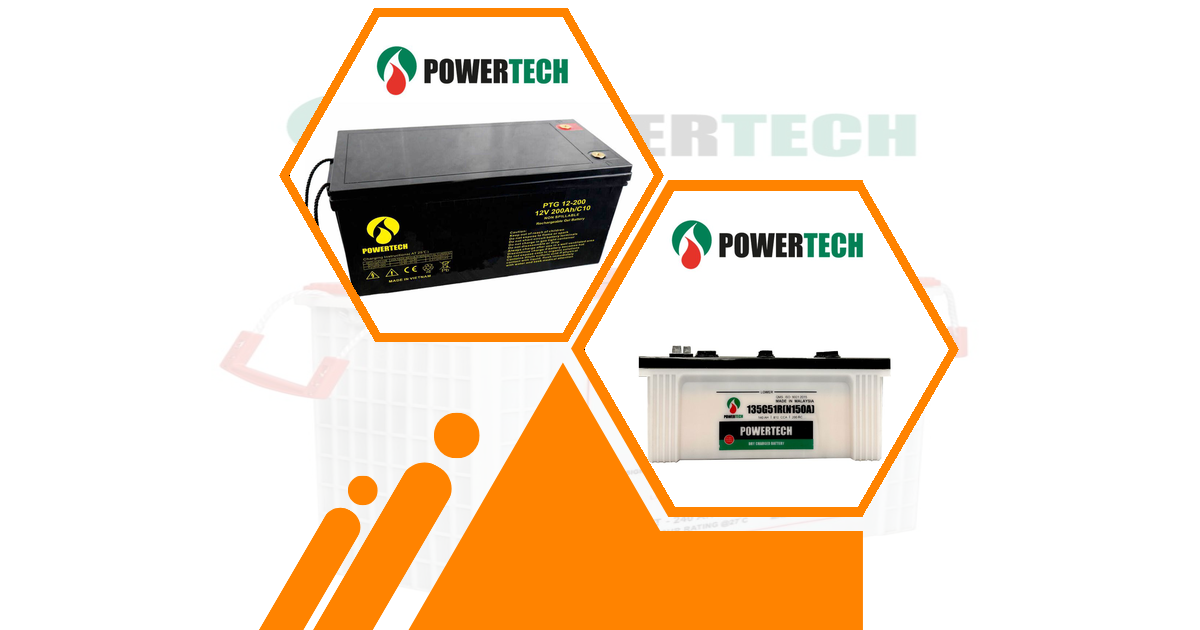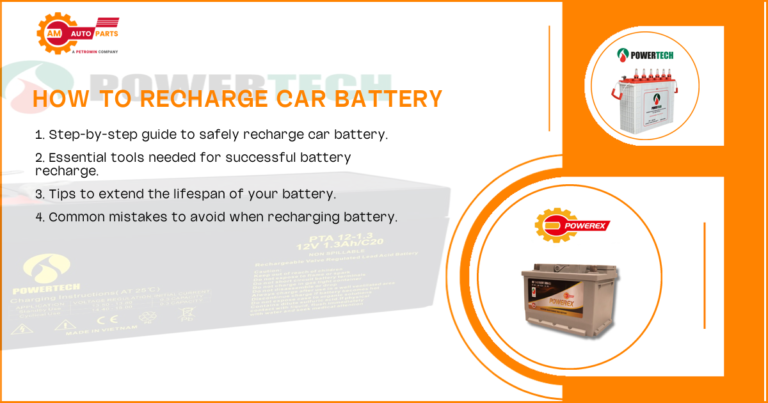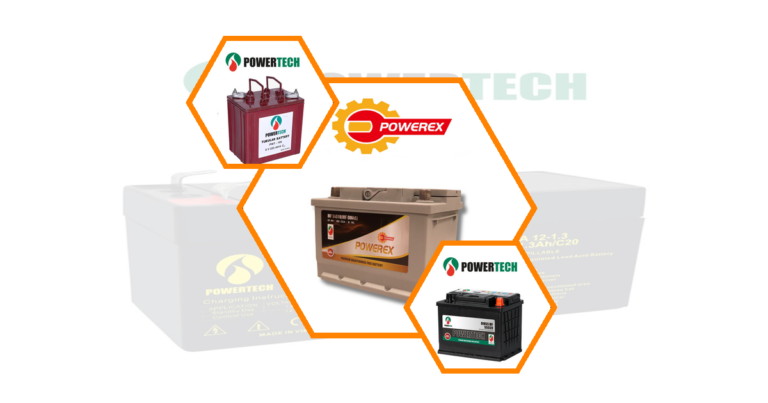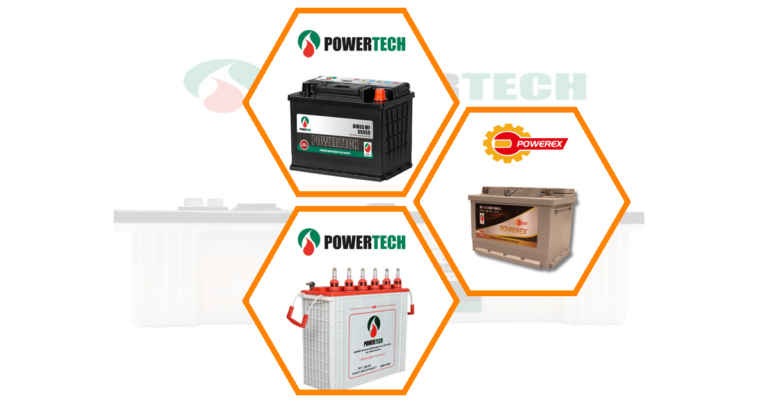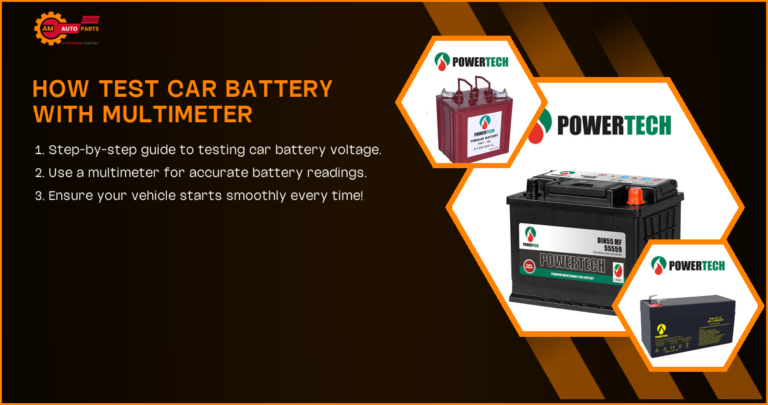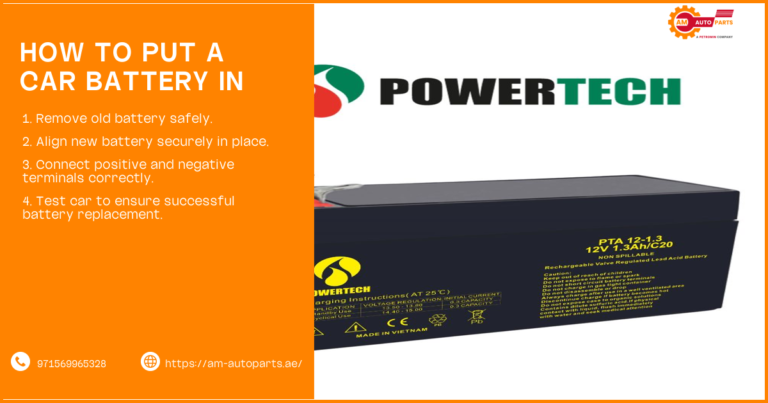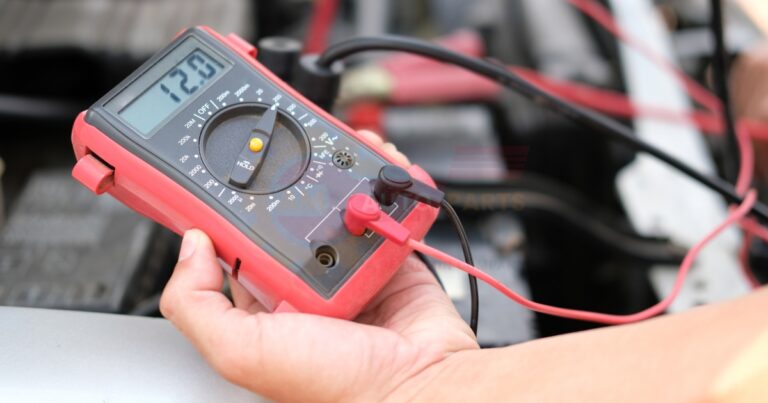Lead-acid vs. Lithium-ion Batteries: A Comprehensive Comparison for Energy Storage
In the world of energy storage, choosing the right battery for your vehicle or application can be a daunting task. With the rise of electric vehicles and renewable energy systems, understanding the differences between lead-acid and lithium-ion batteries is crucial. This comprehensive guide will help you navigate the complexities of battery chemistry, performance, cost, and environmental impact to make an informed decision.
Battery Chemistry and Components
Lead-acid Battery Composition
Lead-acid batteries have been around for over a century and are known for their reliability and affordability. These batteries consist of lead dioxide and sponge lead plates submerged in a sulfuric acid electrolyte. The chemical reaction between the lead plates and the acid generates electricity.
- Components : Lead dioxide, sponge lead, sulfuric acid
- Advantages : Cost-effective, reliable, high recycling rate
- Disadvantages : Heavy, lower energy density
Lithium-ion Battery Structure
Lithium-ion batteries are a newer technology, offering higher energy density and efficiency. They consist of a cathode, anode, separator, and electrolyte. The movement of lithium ions between the anode and cathode during charging and discharging generates electricity.
- Components : Cathode, anode, separator, electrolyte
- Advantages : Lightweight, high energy density, efficient
- Disadvantages : Higher cost, complex recycling process
Energy Density and Specific Energy Comparison
Weight and Size Differences
When it comes to energy density, lithium-ion batteries outperform lead-acid batteries. This means they can store more energy in a smaller and lighter package, making them ideal for applications where weight and space are critical.
- Lead-acid : 30-50 Wh/kg
- Lithium-ion : 100-265 Wh/kg
Power Output Capabilities
Lithium-ion batteries also offer superior power output capabilities, providing more power for high-demand applications. This makes them suitable for electric vehicles and other high-performance uses.
- Lead-acid : Suitable for low to moderate power needs
- Lithium-ion : Ideal for high power applications
Battery Performance Metrics
Depth of Discharge (DoD)
Depth of Discharge (DoD) refers to how much of a battery’s capacity is used before recharging. Lithium-ion batteries can handle deeper discharges without affecting their lifespan, unlike lead-acid batteries.
- Lead-acid : Limited DoD, affects lifespan
- Lithium-ion : High DoD, minimal impact on lifespan
Cycle Life and Durability
Cycle life is the number of complete charge and discharge cycles a battery can undergo before its capacity significantly diminishes. Lithium-ion batteries generally have a longer cycle life compared to lead-acid batteries.
- Lead-acid : 500-1000 cycles
- Lithium-ion : 2000-5000 cycles
Charging Times and Efficiency
Lithium-ion batteries charge faster and more efficiently than lead-acid batteries, making them more convenient for users who need quick turnaround times.
- Lead-acid : Longer charging times, 70-85% efficiency
- Lithium-ion : Faster charging, up to 95% efficiency
Cost Analysis of Lead-acid and Lithium-ion Batteries
Initial Investment
The initial cost of lithium-ion batteries is higher than that of lead-acid batteries. However, the long-term benefits often outweigh the upfront expense.
- Lead-acid : Lower initial cost
- Lithium-ion : Higher initial cost
Long-term Cost Considerations
Over time, the longer lifespan and higher efficiency of lithium-ion batteries can lead to cost savings, making them a more economical choice in the long run.
- Lead-acid : Higher maintenance and replacement costs
- Lithium-ion : Lower total cost of ownership
Environmental Impact and Safety Considerations
Recyclability and Disposal
Lead-acid batteries boast a high recycling rate, making them one of the most recycled consumer products. In contrast, lithium-ion batteries have a more complex recycling process.
- Lead-acid : 99% recycling rate
- Lithium-ion : Complex recycling process
Safety Features and Risks
Both battery types have safety considerations. Lead-acid batteries can leak acid, while lithium-ion batteries can overheat if not properly managed.
- Lead-acid : Risk of acid leakage
- Lithium-ion : Risk of overheating
Applications in Various Industries
Automotive and Transportation
In the automotive industry, lithium-ion batteries are increasingly used in electric vehicles due to their high energy density and efficiency. Lead-acid batteries remain popular for traditional vehicles and backup power.
- Lead-acid : Traditional vehicles, backup power
- Lithium-ion : Electric vehicles, high-performance applications
Renewable Energy Storage
For renewable energy systems, lithium-ion batteries are preferred for their efficiency and ability to handle deep discharges. Lead-acid batteries are still used in some off-grid applications due to their lower cost.
- Lead-acid : Off-grid applications
- Lithium-ion : Grid-tied systems, solar storage
Portable Electronics
Lithium-ion batteries dominate the portable electronics market due to their lightweight and high energy density, making them ideal for smartphones, laptops, and other gadgets.
- Lead-acid : Rarely used
- Lithium-ion : Smartphones, laptops, tablets
Maintenance and Lifespan
Lead-acid Battery Maintenance Requirements
Lead-acid batteries require regular maintenance, including checking electrolyte levels and cleaning terminals to ensure optimal performance.
- Maintenance : Regular checks, cleaning
- Lifespan : Shorter lifespan, frequent replacements
Lithium-ion Battery Longevity
Lithium-ion batteries require minimal maintenance and have a longer lifespan, making them a convenient choice for many applications.
- Maintenance : Minimal
- Lifespan : Longer lifespan, fewer replacements
Future Trends in Battery Technology
Advancements in Lead-acid Batteries
Research is ongoing to improve the energy density and lifespan of lead-acid batteries, making them more competitive with lithium-ion technology.
- Focus : Energy density, lifespan
- Potential : Improved performance, cost-effectiveness
Innovations in Lithium-ion Technology
Lithium-ion technology continues to evolve, with advancements aimed at increasing energy density, reducing costs, and enhancing safety.
- Focus : Energy density, cost reduction
- Potential : Safer, more efficient batteries
Choosing the Right Battery for Your Needs
Factors to Consider
When choosing between lead-acid and lithium-ion batteries, consider factors such as energy requirements, budget, and application. Each battery type has its strengths and weaknesses, so it’s essential to match the battery to your specific needs.
- Energy requirements : High vs. low demand
- Budget : Initial vs. long-term costs
- Application : Automotive, renewable energy, electronics
All Makes Autoparts Battery Selection Guide
All Makes Autoparts offers a wide range of batteries to suit various applications. Our wide selection can help you choose the right battery based on your specific needs and preferences.
- Selection criteria : Energy density, cost, application
- Support : Expert advice, customer service
In conclusion, both lead-acid and lithium-ion batteries have their place in the world of energy storage. By understanding their differences and evaluating your specific needs, you can make an informed decision that best suits your application. Lithium batteries transform automobiles by making electric cars possible They store lots of energy and help cars drive far without gasoline Optimal charger guide helps you find the best way to charge your devices It shows you how to keep your batteries healthy and last longer
Automotive BMS importance Automotive BMS is crucial for keeping electric car batteries safe and making them last longer It helps manage the battery power so the car can run efficiently and go farther on a single charge Car battery charging problems can happen when your car’s battery doesn’t get enough power to stay full This can make it hard for your car to start or run properly
Vehicle power optimization helps cars use less fuel and go farther It makes engines work better so vehicles can be more efficient
FAQ’s
What is the main difference between lead-acid and lithium-ion batteries?
The main difference between lead-acid and lithium-ion batteries lies in their energy density and efficiency. Lithium-ion batteries offer higher energy density and efficiency, making them more suitable for high-performance applications. Lead-acid batteries, on the other hand, are more cost-effective and have a higher recycling rate.
Can I replace a lead-acid battery with a lithium-ion battery?
Yes, you can replace a lead-acid battery with a lithium-ion battery, but it requires careful consideration. Ensure compatibility with your device or system, as lithium-ion batteries have different charging requirements. Consult with a professional to ensure a safe and effective transition.
Which battery lasts longer, lead-acid or lithium-ion?
Lithium-ion batteries generally last longer than lead-acid batteries due to their higher cycle life and efficiency. They can undergo more charge and discharge cycles before their capacity diminishes significantly, making them a more durable option.
